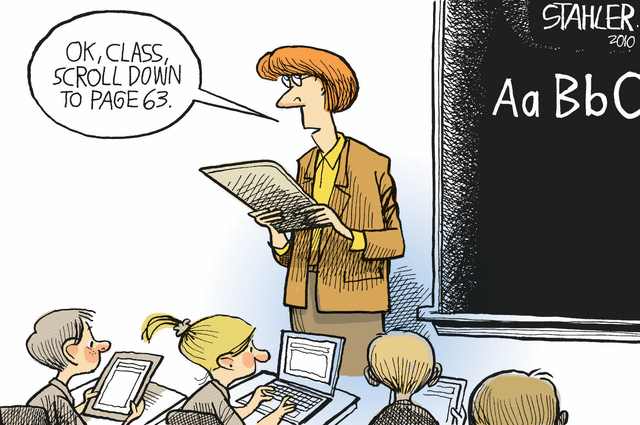The Hunger for Humanities in Today’s World
Through humanities we learn how to be human, we learn about the world we live in, and be able to think critically and creatively. Stanford University describes Humanities as:
“The study of how people process and document the human experience. Philosophy, literature, religion, art, music, history and language are the mediums that have been used, and fall under the Humanities umbrella. “
History
Going back in time, the Romans started to focus on the ‘art of war’. It is the humanities that sustain and help us connect with the past of our civilizations from those who have come before us. Those memories can be shared through a piece of writing, a sculpture, a vase, or even a painting. This is why great works from the past, like Shakespeare, will never be obsolete and will continuously show the power to endure for generations. It helps us understand the different cultures, what goes into a work of art of how history is made, while influencing our language.

Once we develop the ability to understand them, it will provide the ideal foundation for exploring the human experience. Another main reason why Humanities is important, is that it instills tolerance in those who chose to understand it. Tolerance is the main and most important contribution how others behave and react to accept differences, which is also an essential attribute that teachers require.
Skills Learnt from Humanities
Daniel Solove, a research professor of law at George Washington University Law School, mentioned the skills gained from Humanities. Here are a few of them listed below:
- the ability to interpret texts
- the ability to write clearly and in an organized manner
- the ability to listen
- the ability to see things from different perspectives
- the development of a richer understanding of what other people are feeling
- a deeper understanding of human nature
- a richer understanding of how various behaviors and choices lead to good or bad outcomes
In many careers, those skills are what separates a great person from the rest “of the flock”.
My Experience
A new report on the state of the Humanities by the American Academy of Arts and Sciences states that:
“Undergraduates will tell you that they’re under pressure — from their parents to choose majors they believe will lead as directly as possible to good jobs. Too often, that means skipping the humanities.”
Parents need to be more informed about Humanities and the many majors it covers, even new private universities that open many parts of the world, tend to offer STEM majors first, instead of Humanities, in order to gain popularity. Being raised in the Middle-East, I remember many of my undergraduate friends mentioning that they did not have the ultimate freedom to choose their major, which could possibly be a cultural perspective. I experienced this myself. My parents were a large part of why I chose Engineering. They encouraged me to choose a Medicine or Engineering major with the argument that “those 2 majors you will get better future jobs, and once you graduate, you will immediately gain the title of a doctor or an engineer” – and here I am, in the civil engineering department thinking of ways to change my career! I found this great quote from Steve Jobs where he mentions the importance of people who are able to gain knowledge from both Humanities majors and other STEM majors by “standing at their intersection”, something I hope I can achieve one day.
To Conclude
In conclusion, Humanities is entirely important in our curriculum. It teaches us the core beliefs of places around the world and educate us on how people thought and expressed their emotions through their artwork. It is through the Humanities majors that we learn about the world and its history, and to think critically and creatively. There is not a doubt that Humanities majors is what we need in today’s world, a world hungry for Humanities.
References:
Dan Edelstein. How Is Innovation Taught? On the Humanities and the Knowledge Economy. https://www.aacu.org/publications-research/periodicals/how-innovation-taught-humanities-and-knowledge-economy
Why Humanities. https://www.youtube.com/watch?v=re5PTZ5MkYQ
Parker J. Palmer. 2007. A New Professional: The Aims of Education. Vol. 39, No. 6, pp. 6-12. http://www.jstor.org.ezproxy.lib.vt.edu/stable/40178266?seq=1#page_scan_tab_contents
Daniel Solove. 2013. Why Learning the Humanities Is a Key to Success. https://www.linkedin.com/pulse/20130625075243-2259773-why-learning-the-humanities-is-a-key-to-success
Standford University. http://shc.stanford.edu












